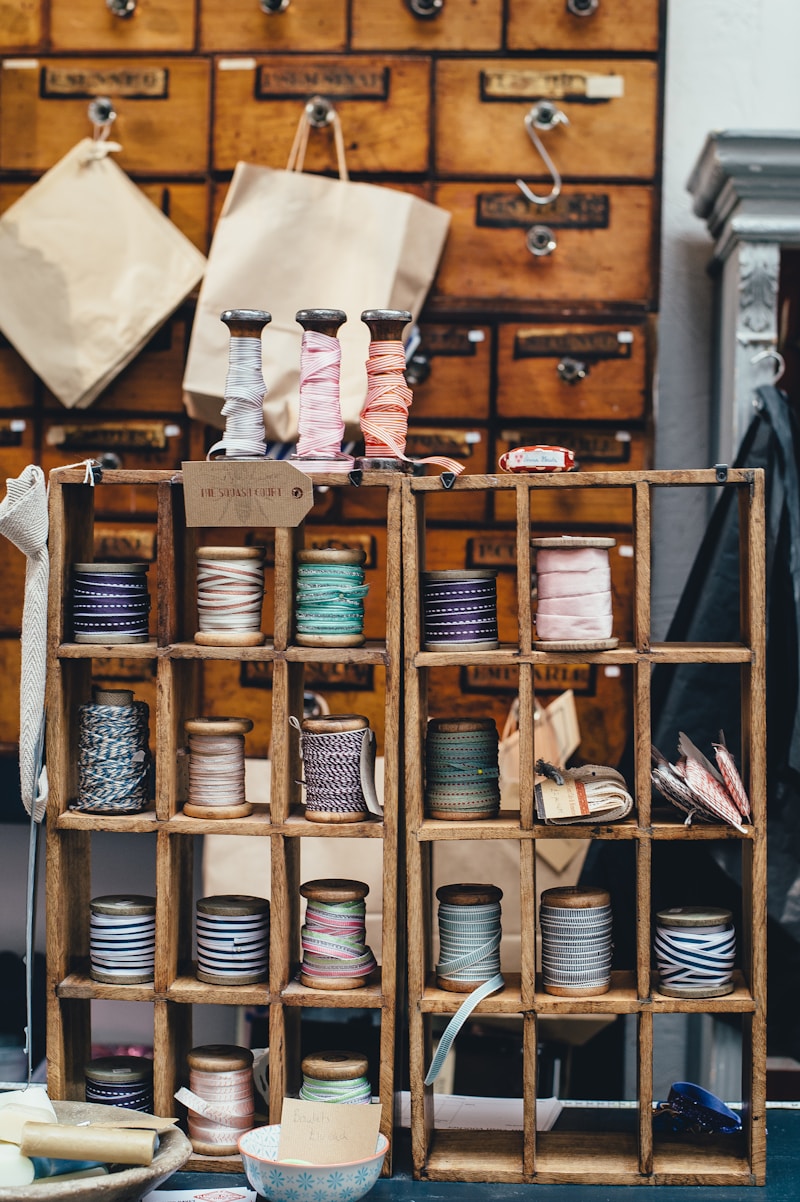Mastering Curved Hem Techniques: A Comprehensive Guide for Seamstresses
Mastering Curved Hem Techniques: A Comprehensive Guide for Seamstresses
Understanding the Art of Curved Hem Techniques
When it comes to sewing, finishing techniques can elevate a garment from basic to breathtaking. One significant finishing technique that often gets overlooked is the curved hem technique. This versatile sewing method can transform the way garments fit and flow, particularly for dresses, blouses, and skirts. In this article, we delve into various curved hem techniques, explore their applications, and provide you with insights that will refine your sewing skills.
What is a Curved Hem?
A curved hem refers to the rounded edge of a garment, which can create a visually appealing silhouette and add movement. The curves can be subtle or pronounced, depending on the design and fabric. Mastering the art of creating a perfectly shaped curved hem takes practice, but the reward is worth the effort.

Why Use Curved Hem Techniques?
Incorporating curved hem techniques in your sewing repertoire can result in:
- Improved garment aesthetics
- Enhanced movement and comfort
- Unique design opportunities
Different Types of Curved Hem Techniques
There are several ways to achieve a beautifully finished curved hem. Below, we outline some popular techniques that you can experiment with:
| Technique | Description | Ideal For |
| Bias Tape Hem | Using bias tape to finish the edge. | Dresses, skirts |
| Rolled Hem | A narrow hem folded and stitched close to the edge. | Lightweight fabrics |
| Facing Hem | Using fabric facings to finish the hem. | Structured garments |
| Hong Kong Seam | A stylish way to finish raw edges using bias tape. | Unlined jackets, skirts |
Implementing Curved Hem Techniques
Let’s explore in detail how to implement each of the aforementioned techniques:
1. Bias Tape Hem
The bias tape hem is a popular choice for finishing curves smoothly. To execute this:
- Cut bias tape slightly longer than the curved edge.
- Pin the bias tape to the edge, aligning the raw edges.
- Sew the bias tape in place, then fold it around the edge and press.
- Finally, sew the bias tape down on the inside for a clean finish.
2. Rolled Hem
This technique is often used on lightweight fabrics such as chiffon or silk. To create a rolled hem:
- Use a rolled hem foot if available to make the process easier.
- Fold the edge of the fabric under by about 1/4 inch, then again by another 1/4 inch.
- Stitch close to the folded edge, ensuring the fabric is secure.
3. Facing Hem
The facing hem technique provides a clean finish and is great for structured garments:
- Cut a facing piece that matches the curve.
- Attach the facing to the hem, right sides together.
- Trim the seam allowance and clip the curves for better shaping.
- Turn the facing to the inside, press, and sew in place.
4. Hong Kong Seam
A stylish method to finish raw edges, the Hong Kong seam adds character:
- Cut bias tape to match the garment's seams.
- Align the bias tape with the raw edge and pin in place.
- Sew the bias tape onto the edge, wrapping it around to encase the raw edges.
- Stitch down on the tape to secure it.
Tips for Achieving Perfect Curved Hems
As with any sewing technique, achieving the perfect curved hem requires practice and precision. Here are some helpful tips:
- Always use the right needle for your fabric type to prevent snagging.
- Press the hem before final stitches to create a crisp edge.
- Consider using fabric stabilizers for stretchy or delicate fabrics.
- Practice on scrap fabric before finalizing your project.
Common Questions About Curved Hems
As you explore curved hem techniques, you may have some questions:
1. How do I prevent puckering when sewing curved hems?
Puckering can often be minimized by using a longer stitch length and gently easing the fabric while sewing.
2. Can I use a regular sewing machine for curved hems?
Yes, a regular sewing machine with the right presser foot and stitch settings works perfectly for curved hems.
3. What fabrics are best for curved hems?
Lightweight to medium-weight fabrics work best, as they drape well and are easier to manipulate around curves.
Conclusion
The beauty of curved hem techniques is that they are versatile and can enhance any garment. By mastering these techniques, seamstresses open the door to a plethora of design possibilities that elevate their sewing projects. Remember to practice regularly, gradually incorporate these techniques, and don’t hesitate to experiment with different fabrics and styles. Happy sewing!
